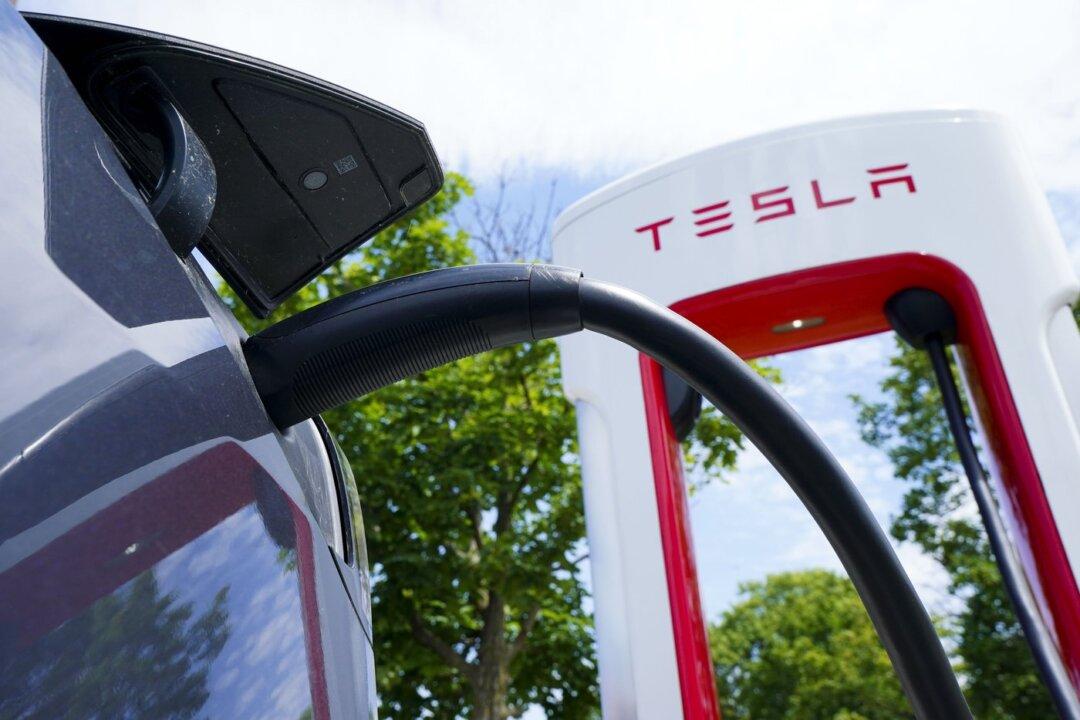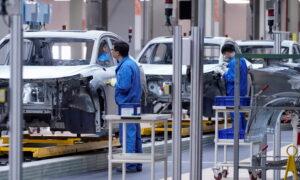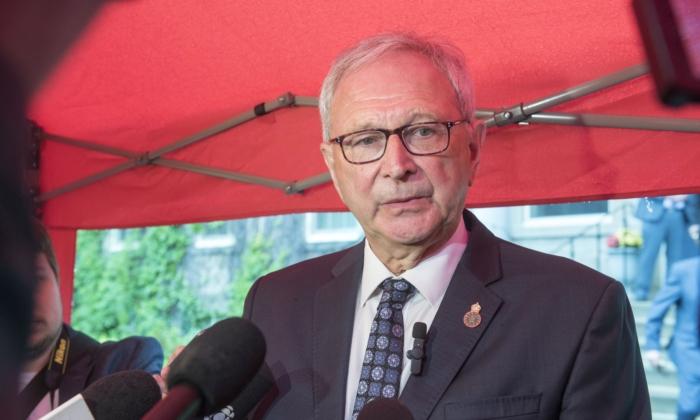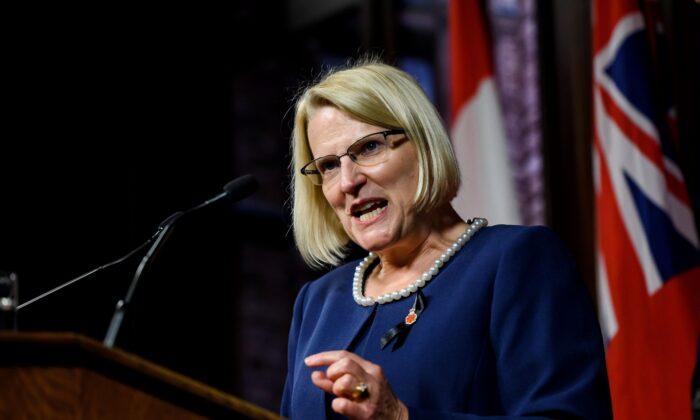Ottawa’s $5,000 EV consumer incentive is fuelling the import of Chinese-made Teslas to Canada and lining the pockets of a firm with no manufacturing presence in the country at the expense of companies that invest domestically, says a proponent of Canada’s automotive industry.
“They will sell to companies that actually make cars in Canada with Canadian parts and materials. So we can … look greener?”
The federal government recently released its plan to make all new vehicles sold in Canada zero-emission EVs by 2035. The plan involves graduated steps, with one-fifth of vehicles required to be fully electric or plug-in hybrids by 2026, which will go up to three-fifths by 2030.
As part of the plan, the government is also offering a $5,000 incentive for EVs. Mr. Volpe noted in a Dec. 20 interview on the Alex Pierson show that while the equivalent government-provided incentives in the United States have conditions attached to ensure domestic producers benefit, he says there are no such safeguards in Canada’s plan.
Under Canada’s model, any EV vehicle that costs less than $55,000 qualifies for the $5,000 incentive. That means purchases of Tesla’s Chinese-made Model 3 and Model Y cars qualify.
The United States, however, only offers a US$7,500 tax credit for vehicles assembled in the country and whose batteries are made with minerals that are processed or extracted in the U.S.
American consumers can qualify for a US$3,750 credit as long as at least 50 percent of the value of battery components are produced or assembled in North America and 40 percent of the value of critical minerals are sourced from either the U.S. or a country with which it has a free-trade agreement. This policy excludes all China-made vehicles.
Mr. Volpe said Canada also needs to discourage the purchase of Chinese-made EVs and focus on supporting Canadian and North American auto manufacturers and parts makers, calling the increase in China-made Teslas concerning.
According to Statistics Canada, the value of imports of EVs from China has surged from $66.1 million to $1.8 billion for the January to October period in 2023 compared with the previous year.
Mr. Volpe said China may be the biggest concern, but it’s not the only one.
“Companies like VinFast, a Vietnamese car company that has no Canadian content, they sold 1,000 cars this year…[the Canadian government] is going to give them $20,000 per car,” he said. “[The government] just handed them $20 million.”
He also pointed out that the current system would make it easy for a manufacturer to game the system.
“With this new scheme, if I accept an offer from the government of Serbia, or the UAE to build [EV] vehicles there and import them into Canada, if I can import 50,000 of them to sell to Canadians, I will earn $1 billion in credits from doing so,” he said.
Quotas
Mr. Volpe has also been critical of the federal Liberals’ plan that requires Canadian vehicle manufacturers to ensure at least 20 percent of the vehicles they sell in 2026 are either electric or plug-in hybrids. That number will rise to 60 percent by 2030 and then to 100 percent by 2035.Mr. Volpe called the government-mandated quotas “insane.”
“If you sell 300,000 cars… in 2026, 60,000 have to be EVs, that means 60,000 people have to buy those EVs,” he said. “If only 45,000 buy them… you have a fine of $20,000 per car” for a total fine of $300 million. So [the automotive manufacturing industry] said don’t do that. You can’t fine the same companies you are investing in.”
It was then, he said, that the federal government first floated the idea of the soon-to-be-implemented credit system.
Under that system, automakers will be issued credits by the Canadian Environmental Protection Act for each EV they sell. An electric model will be worth one credit and plug-in hybrids will be worth a partial or full credit depending on how far they go on a single charge. Manufacturers that sell more EVs than needed to meet each year’s target will be able to bank those credits to meet targets in future years or sell them to companies that did not sell enough.
The problem with that system, Mr. Volpe said, is that it rewards companies like Tesla that don’t invest in the Canadian economy but, rather, are built in China.
Canada’s Plan
Environment Minister Steven Guilbeault on Dec. 19 officially announced Ottawa’s plan to move to zero-emission electric vehicles (EVs) by 2035.Mr. Guilbeault described the government’s strategy on EVs as “skating to where the puck is going,” adding that one in eight new vehicles sold across Canada was electric in the last quarter of 2023, compared to one in three at the end of 2020.
He said the Electric Vehicle Availability Standard would address the “main barriers” to people buying EVs: the limited availability and long wait time.
“We will do this by ensuring more electric cars come to the Canadian market instead of the U.S. or other markets that have similar targets,” he said. “It ensures Canadians have access to our fair share of the global supply of these vehicles.”
Under the electric-vehicle sales mandate regulations, which are to be published this week, auto manufacturers can cover up to 10 percent of the credits they need each year by investing in public fast-charging stations. Automakers will be able to begin earning some credits toward their 2026 and 2027 targets over the next two years.







